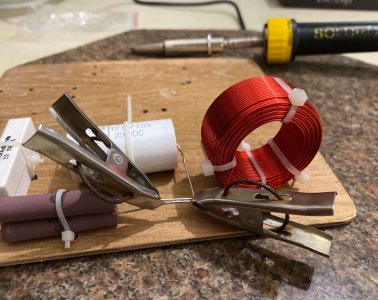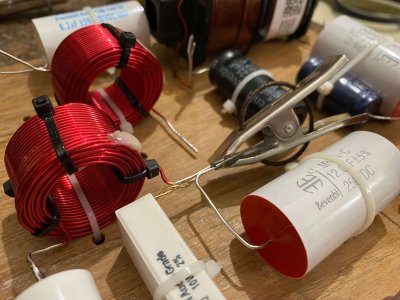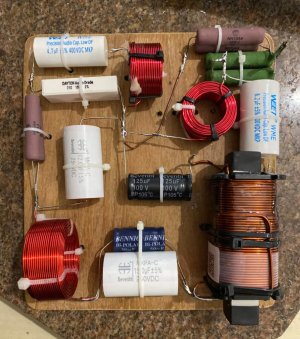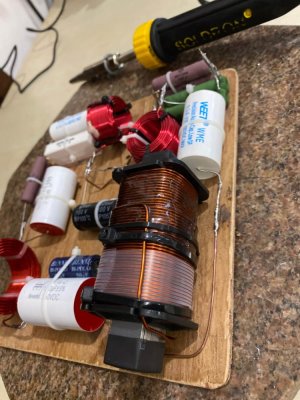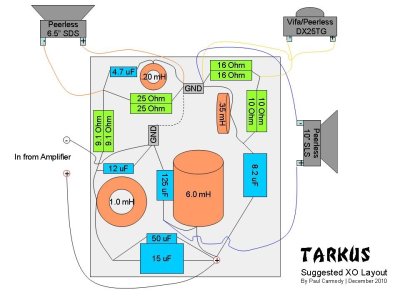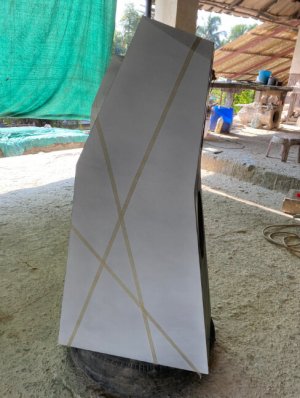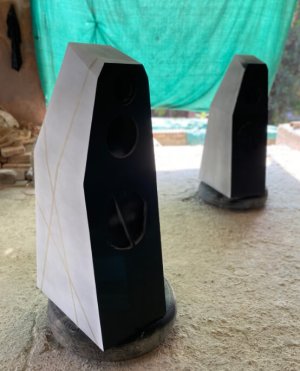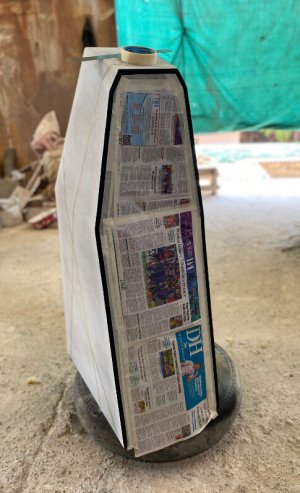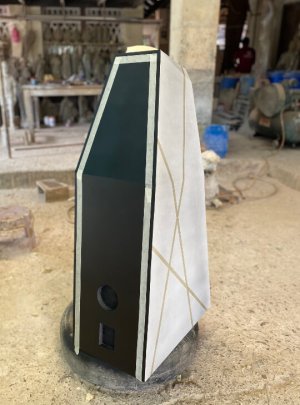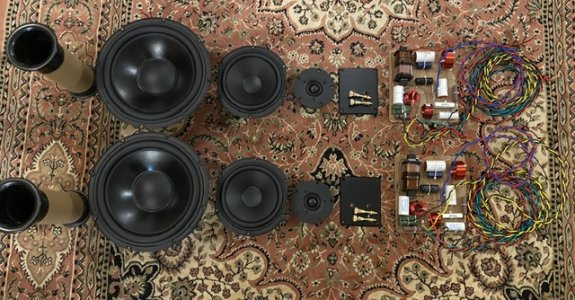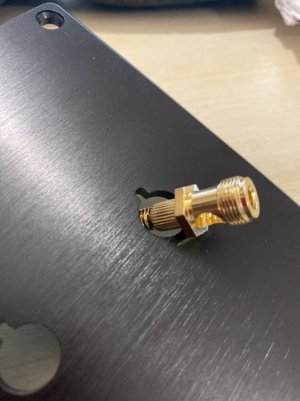Decadent_Spectre
Well-Known Member
Even with my limited experience with horns, I agree. I like even my shorter horns. So can imagine about a larger one..
This is a passive cardioid design. Essentially it is a leaking box containing two 18-inch drivers. Let me copy-paste some pics from Kimmosto's build here.
Here is how the insides of the woofer box looks like. There is just gaps between those wooden pieces on the sides.
View attachment 76662
Now comes the appropriate amount and quality of damping material through which sound from the inside of the cabinet has to pass through to leak to the outsides of the box (as per recent investigations, basotect foam and polyester wool can work well as the damping material).
View attachment 76663
Once sound passes through and reaches outside leaking through the sides, it is appropriately delayed and attenuated (just enough) to create destructive interference from the radiation from the drivers on the front at appropriate off axis directions. Hence the cardioid/supercardioid/hypercardioid pattern forms (remove the leaking box completely, and one gets a figure-8-shaped radiation pattern from the dipole.)
Thanks for the explanation. I take it your project is complete?
There is no dsp applied in this design for the cardioid portion?


